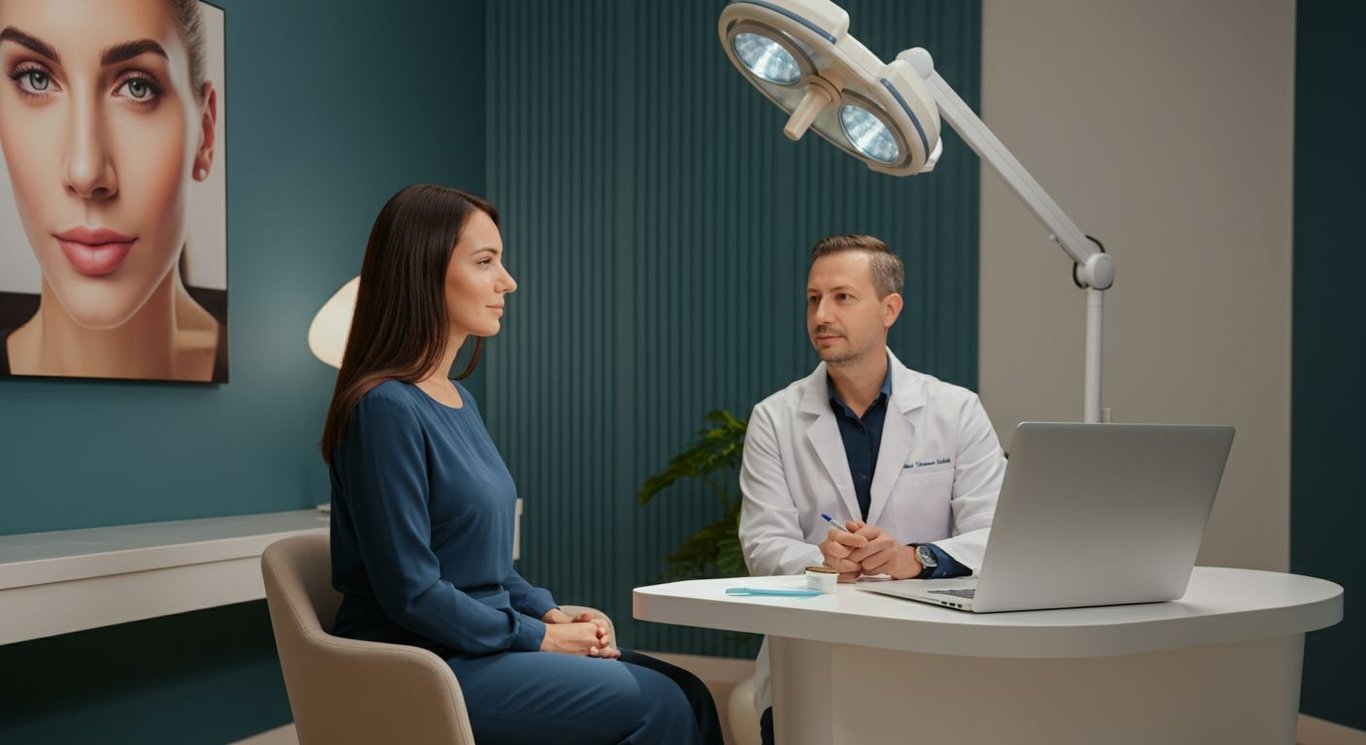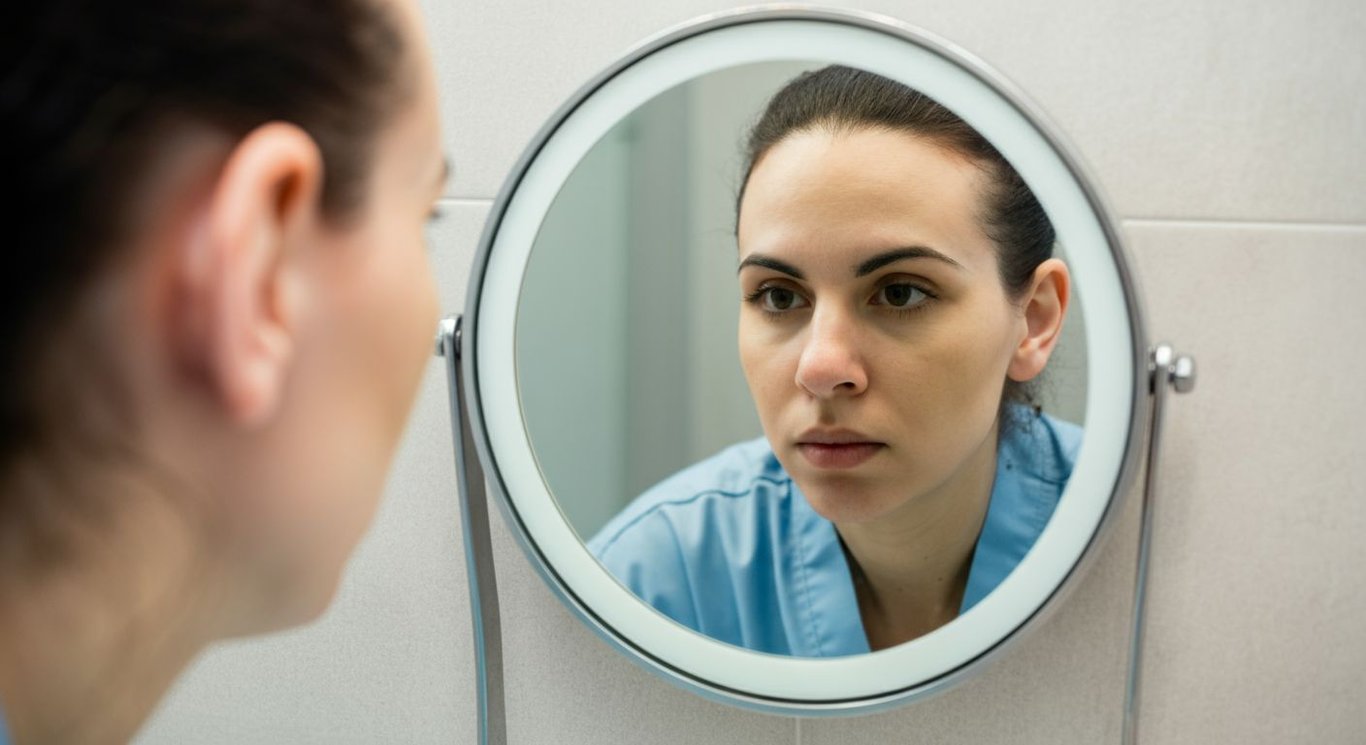Rhinoplasty: Reshape Your Look and Breathe Easier!
Rhinoplasty is not just about enhancing your look—it's about improving your overall well-being with expert care.
Rhinoplasty, commonly referred to as a nose job, is a transformative cosmetic surgical procedure designed to enhance facial harmony and improve nasal function. This versatile surgery caters to both aesthetic desires and medical needs, offering an opportunity to refine your appearance while addressing issues like breathing difficulties. With advancements in plastic surgery techniques, rhinoplasty has become a safe and effective choice for many seeking physical transformation and boost in self-confidence, all while maintaining structural integrity and natural looks.
What is Rhinoplasty and Why Choose It?
Understanding Rhinoplasty: More Than Just Aesthetics
Rhinoplasty, often referred to as a nose job or nose surgery, is a nuanced surgical procedure tailored to reshape the nose to achieve both aesthetic and functional goals. Performed by skilled plastic surgeons, the surgery addresses concerns like nasal asymmetry, breathing difficulties, or the aftermath of nasal injuries. Rhinoplasty provides a method to refine nasal contours, harmonize facial proportions, and enhance overall well-being. For instance, surgeons may use septoplasty in conjunction with rhinoplasty to correct a deviated septum, addressing internal nasal obstructions and improving airflow. Rhinoplasty's multifaceted approach ensures that each procedure is tailored to deliver transformative results that align with individual needs.
Benefits of Choosing Rhinoplasty
- Improved Facial Symmetry: Rhinoplasty refines nasal contours, harmonizing the nose with other facial features to enhance overall symmetry and aesthetics.
- Enhanced Breathing Function: Corrective procedures like septoplasty, often combined with rhinoplasty, resolve breathing problems caused by structural nasal issues.
- Boosted Self-Confidence: By addressing aesthetic concerns, rhinoplasty often leads to increased self-esteem, empowering patients to feel more comfortable and confident in their appearance.

Ethnic Rhinoplasty: Tailoring the Procedure for Natural Harmony
The Nuances of Ethnic Rhinoplasty
Ethnic rhinoplasty is a specialized field within plastic surgery that focuses on preserving and enhancing the natural characteristics of diverse ethnic groups. Surgeons who specialize in this area recognize that what constitutes beauty varies across different cultures and ethnicities. They employ techniques that respect these differences, aiming to refine the nose while maintaining its ethnic identity. For example, in some cultures, a dorsal hump may be considered an attractive feature, while in others, a straighter nasal bridge may be preferred. The goal is not to westernize the nose but to create harmony within the context of the individual’s unique features. The approach involves detailed preoperative planning and a deep understanding of nasal anatomy and cultural aesthetics. This ensures that the results celebrate diversity and individuality, rather than conforming to a singular standard of beauty. Ethnic rhinoplasty respects individual features, ensuring results that are both aesthetically pleasing and culturally sensitive.
Key Considerations in Ethnic Rhinoplasty
- Preservation of Ethnic Identity: Prioritizing the maintenance of unique ethnic features while achieving aesthetic improvements.
- Structural Support: Utilizing advanced surgical techniques to enhance nasal structure and function.
- Customized Approach: Tailoring the surgical plan to meet the specific needs and aesthetic goals of the individual.

Rhinoplasty Recovery Time: What to Expect Day by Day
Navigating the Post-Operative Phase After Rhinoplasty
The journey following a rhinoplasty at estethica is a gradual process, marked by distinct stages of healing and adjustment. Initially, patients should anticipate swelling and bruising around the nasal area, which typically intensifies over the first two to three days post-surgery. While this might appear alarming, it’s a normal part of the body's response to surgical intervention. Most individuals are able to resume light, non-strenuous activities within approximately one week, marking the beginning of the return to their daily routines. The removal of any stitches or splints usually occurs between seven to ten days, providing increased comfort and mobility. However, the complete resolution of minor swelling and the full refinement of nasal contours can take several months. Adhering closely to your surgeon’s aftercare instructions is crucial as it significantly impacts the speed and quality of recovery, ensuring optimal aesthetic results from the nose surgery. estethica emphasizes personalized aftercare to support patients through each stage.
Essential Steps for Facilitating Rhinoplasty Recovery
- Adhere to Post-Op Instructions: Strictly follow the surgeon’s guidelines regarding medication, activity restrictions, and follow-up appointments to minimize complications and facilitate healing.
- Manage Swelling Effectively: Apply cold compresses as directed to reduce swelling and bruising, especially during the first few days after surgery. Elevate your head while resting to promote fluid drainage.
- Maintain Nasal Hygiene: Gently clean the nasal area as instructed using saline sprays or solutions to prevent infection and keep the nasal passages moist.

Finding the Best Rhinoplasty Surgeon Near You: Key Considerations
Qualities of an Ideal Rhinoplasty Surgeon
Selecting a rhinoplasty surgeon is a critical decision that significantly influences the outcome of your surgery. A highly qualified surgeon possesses board certification in facial plastic surgery, assuring comprehensive training, ethical conduct, and demonstrated expertise in performing rhinoplasties. Their specialization should include a rich history of successful nasal surgeries, supported by a compelling portfolio of before-and-after photographs that showcase their skill. Patient satisfaction scores and testimonials offer valuable perspectives on the surgeon’s quality of care. The ideal surgeon should also excel in effectively communicating treatment options, potential outcomes, and detailed post-operative care protocols. This ensures patient safety and cultivates realistic expectations, building trust throughout the surgical journey. The best specialists emphasize transparency and prioritize customizing surgical plans to meet each person's specific needs ensuring superior care and results.
Key Factors in Choosing Your Rhinoplasty Surgeon
- Board Certification: Verifies the surgeon has met rigorous educational and professional standards, ensuring competency.
- Extensive Experience: Indicates a surgeon has performed a high volume of rhinoplasties, refining their surgical skills and judgment.
- Communication Skills: Guarantees the ability to clearly explain the surgical process, risks, and expected outcomes.
Steps to Evaluate Rhinoplasty Surgeon Expertise
- Review Before-and-After Photos: Assess the surgeon's aesthetic results and consistency across different cases.
- Read Patient Testimonials: Understand the experiences of previous patients, focusing on aspects like care quality and satisfaction.
- Consultation Quality: Evaluate how thoroughly the surgeon addresses your questions, clarifies treatment plans, and ensures you feel comfortable and informed.
Precision Rhinoplasty with Septoplasty for Enhanced Aesthetics and Breathing Function
Personalized Post-Operative Care for Optimal Rhinoplasty Recovery
Frequently Asked Questions
What is Rhinoplasty and what issues can it address?
How long is the Rhinoplasty recovery time, and what should I expect?
What are the key considerations when choosing the Best Rhinoplasty Surgeon Near Me?
What is ethnic rhinoplasty and how does it differ from traditional rhinoplasty?
Discover your path to healthy beauty with a personalized estethica consultation.
📞 Book Your Free Consultation!